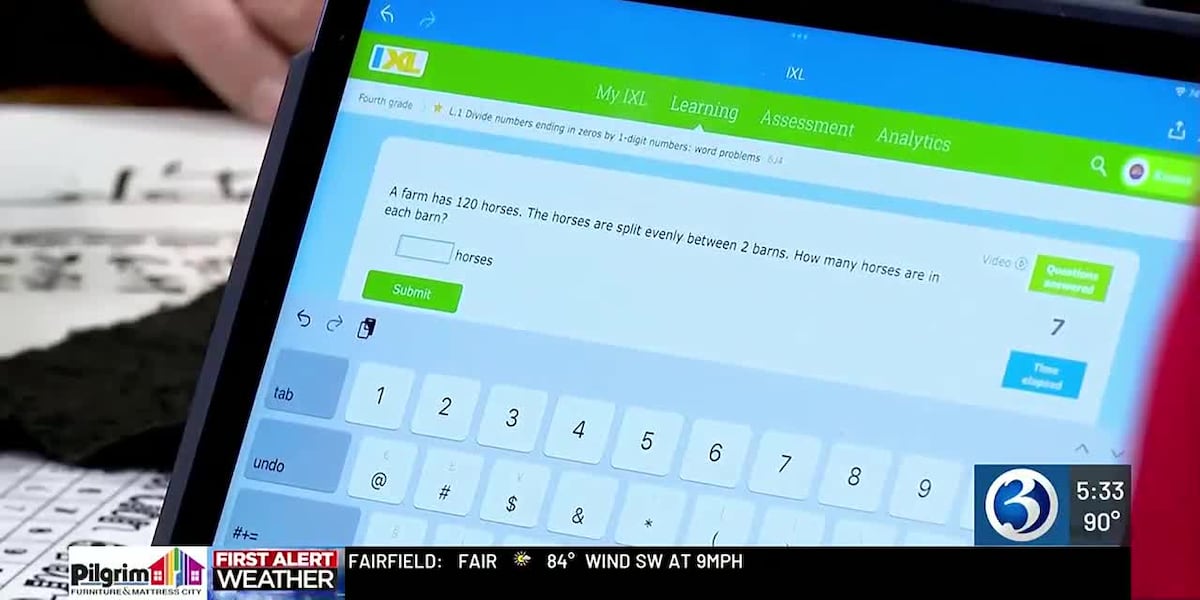HARTFORD, Conn. (WFSB) – This year, artificial intelligence, or AI, will play a bigger role in Connecticut classrooms.
Isaac Shobula is only 16 years old, but today he’s teaching a coding class at the Albany branch of Hartford’s Public Library.
“We’re going to showcase the games, and everyone’s going to be able to play each other’s games,” Shobula said. “It would be really great to give people the same opportunity I had to find the same kind of learning, creating, making games.”
Shobula is confident because of his knowledge, passion, and artificial intelligence. He developed a syllabus, and then asked ChatGPT to make his curriculum more friendly to 8-12-year-old students.
“Since these are kids, I needed a way to simplify it so they could understand,” he said.
Matt Mervis approves of Shobula’s use of AI. Mervis helps students and teachers work with artificial intelligence as the AI director for the Connecticut Educational Service Center EdAdvance.
“The power of this thing as a learning tool, and the power of this thing as a shortcut, has only expanded,” Mervis said.
Mervis knows that when many people think about AI in schools, they worry about kids cheating. The truth is, those fears are valid.
“We still have this Wild West environment where kids can use AI as a shortcut,” Mervis said.
But this fall, we will also see AI’s positive impact in the classroom, like students getting one on one instruction, immediate feedback on assignments, and interacting with chat bots to improve their papers without cheating.
“When kids use AI as a tutor it can accelerate their learning. It can be a huge assist,” Mervis explained.
Mervis says AI can help students with different skills and learning styles learn in the ways that helps them the most.
For example, an AI powered note taking tool can transform text into a podcast.
But this is not just a new way to present material, it is completely interactive. A student can actually participate in a lesson by asking a question while they study, just like they would with a teacher.
Hartford 8th grader Najah Duroche says these kind of interactive educational tools can help deepen their understanding of a topic or spark their imaginations.
“Sometimes I use it just to get ideas,” Duroche said. “If I’m writing something and I have no idea how to start off, I may use ChatGPT to give me some ideas.”
Mervis says that’s the right idea, and this year, many students will work within a district sponsored AI system.
“There are going to be all these sand boxes that will help teachers really rein in and leverage the potential, but also eliminate some of the challenges,” Mervis said.
That means teachers will be able to assess your child’s writing line by line, and even their conversations with AI chatbot.
Mervis says eventually some teachers will likely even grade students on how effectively they use AI.
“What we really want to know is, how’s the essay? But also, what are their prompts? Is the chat interaction that they’re having with the chat bot really effective?” Mervis explained.
Despite the positives, controlling how students use AI at home is more difficult. But becoming AI literate will only be more important going forward.
“The reality is, they’re going to need to be able to use this technology responsibly, without the training wheels,” said Mervis.
Copyright 2025 WFSB. All rights reserved.
